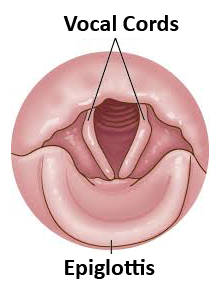In general, men have larger larynx and vocal tract result in lower pitch while women have smaller larynx result in higher pitch. Since female hormone replacement and voice therapies can only do little in feminizing the voice, most male to female transgenders seek surgical remedy to complete their transition.
There are many surgeons all over the world who operate feminizing voice surgery but finding for a specialist and deciding on what technique to choose can be very crucial. This is why Chettawut Plastic Surgery Center developed a partnership with Dr. Premsuda Sombuntham MD, a board-certified ENT laryngologist who specialized in feminizing voice surgery (Feminization laryngoplasty).
Dr. Premsuda utilizes anterior web formation technique which involves the dissection of the anterior portion of vocal fold membrane and suturing out vocal fold muscles to shorten vocal fold’s size.
According to recent studies, this procedure provides the most reliable result to change a low pitch (masculine voice) into a higher pitch pattern (feminine voice) with natural quality.
The anterior web formation technique does not affect the integrity of voice box framework so singing with stable and natural pitch is possible after surgery.
During general anesthesia with special technique of intubation, the anterior web formation is done precisely under ENT microscope for permanent thinning of the vocal folds.
Since the vocal folds are approached intra-orally with special instruments, there will be no scar or incision on the neck skin.




